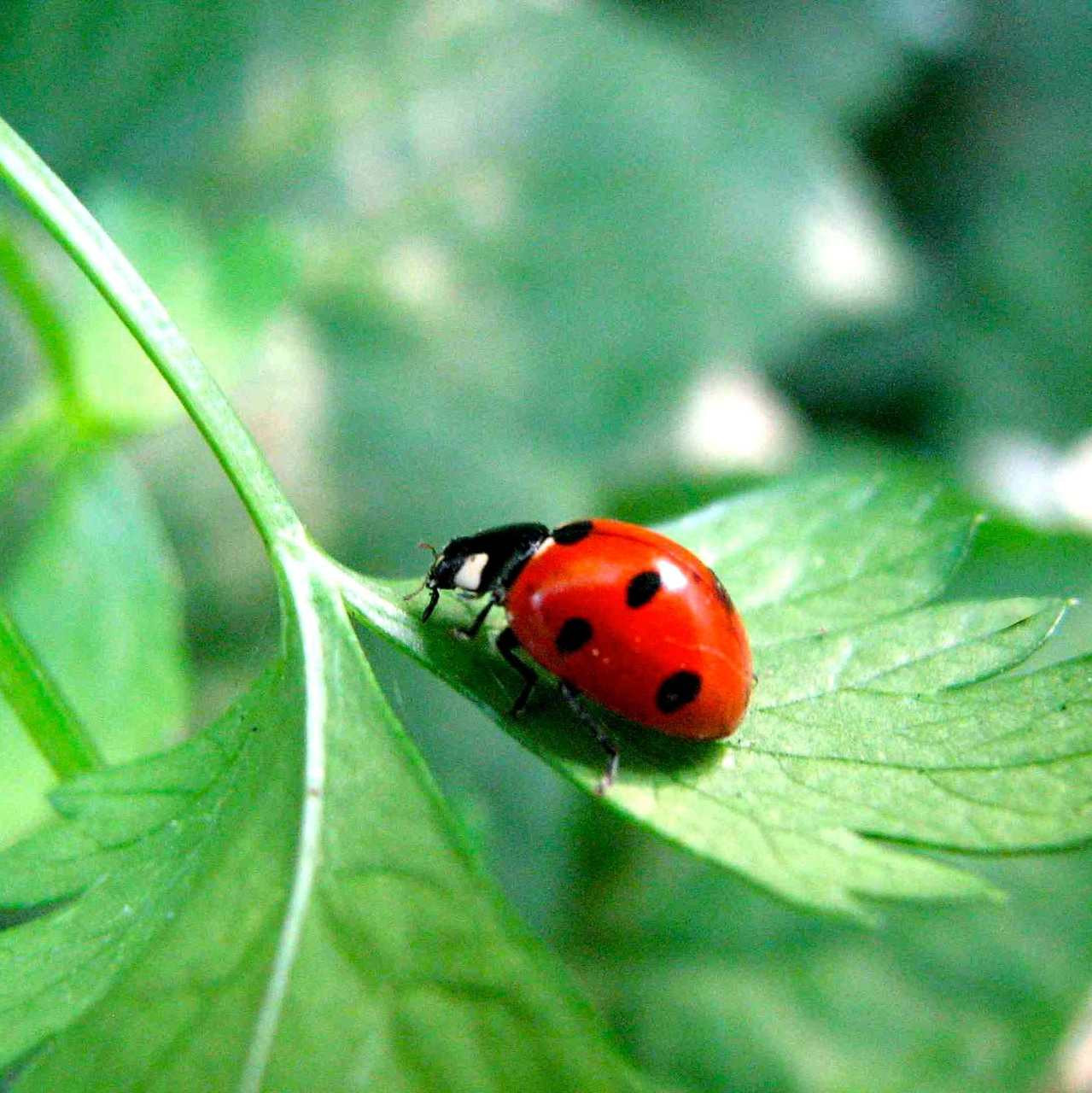 At preschool, we try to teach your child about being respectful - not just to people, but to all God's living things.
At preschool, we try to teach your child about being respectful - not just to people, but to all God's living things.EVERYONE
Are you familiar with Dr. Seuss' The Lorax?You can watch this cautionary tale of abusing the environment with your child here: The Lorax by Dr. Seuss
While you're on your walk today, take a bag and some gloves with you. Explain to your child that if they see litter, that you should pick it up and dispose of it properly.
I hope that you recycle at home. Having two millennials in my home, we're strict recyclers.
Here's what's recyclable in Carroll County: Carroll County Recycling
Here's what's recyclable in Baltimore County: Baltimore County Recycling
You'd be surprised that what you thought may be recyclable is not. And vice-versa.
Be informed and help our planet!
And now, I'll get off my soapbox...
2s: Buzz, Buzz Goes the Bee
1. How do we know something is an insect? We can learn it from a song!Watch, listen and sing along with Dr. Jean about insect body parts: Insect Body by Dr. Jean
It's one of my personal favorites - if we were at school, I'd sing it live for you!
2. Watch the reading of Eric Carle's The Honeybee and the Robber:
The Honeybee and the Robber by Eric Carle
 3. Let's make our own bumblebee!
3. Let's make our own bumblebee!In your bag were a set of circles - two yellow, two white and one black. There are also some eyes and an antenna. You'll also need some glue.
Help your child overlap the circles yellow, black, yellow. Now glue the two white circles on the sides so that they look like wings.
Have your child put two eyes on one of the yellow circles and staple the antenna on.
 3s: Bumblebees
3s: Bumblebees
1. Listen to a book
Watch the reading of the book The Honeybee and the Robber by Eric Carle: The Honeybee and the Robber by Eric Carle
Watch the reading of the book The Honeybee and the Robber by Eric Carle: The Honeybee and the Robber by Eric Carle
2. Let's make our own bumblebee!
In your bag you'll find a yellow oval, a rectangle with lines drawn on it, two white heart wings, and stick-on eyes. You'll need scissors and glue, too.
Have your child cut the black rectangle into four strips. Now, glue the strips onto the yellow oval. Next glue the two heart wings onto the sides of the bee. Put on the eyes.
Tada!

3. Bee Patterns
From our website, print out the sheet titled Bumblebee Patterns.
You'll also need scissors and glue.
Have your child cut out the extra pieces at the bottom of the page.
Look at the first row of patterns with your child. Have your child point to each object and say the pattern out loud.
Now have them decide what should go next in the pattern. Find that picture and glue it down in the box.
Go over each line with your child, saying each aloud and having them complete the pattern.

3. Bee Patterns
From our website, print out the sheet titled Bumblebee Patterns.
You'll also need scissors and glue.
Have your child cut out the extra pieces at the bottom of the page.
Look at the first row of patterns with your child. Have your child point to each object and say the pattern out loud.
Now have them decide what should go next in the pattern. Find that picture and glue it down in the box.
Go over each line with your child, saying each aloud and having them complete the pattern.
4s: Letter Y and Insects
1. Letter Y card
From our website print out the Letter Y card. If you have card stock, use that. You'll also need something to write with and a hole puncher.
First, have you child circle all the upper- and lowercase Ys.
Using the hole puncher, punch out all the the letter Ys that they've circled.
 2. Ladybug Math
2. Ladybug MathPrint the 4s Ladybug Numbers page from our website. You'll also need something to write with.
Look at each pair of ladybugs. In each pair, can you circle the one that has the MOST spots. Remember, the MOST means is has more or that the number of spots on that ladybug is greater than the other.
Looking at all your circled ladybugs, can you figure out which one has the most of all?
3. Backyard Insects
Go to the My Big World Scholastic site here: My Big World at Scholastic
Click on the Backyard Insects issue and either read it with your child or click at the top of the page to have it read.
You can print out the last page for your child to complete as well.

4. Watch the reading of About Insects by Cathryn Still: About Insects
Answer these questions:
- What do insects use to smell?
- Which insect is great at camouflage?
- Do all insects come out during the day?
- Which insect was helpful?
No comments:
Post a Comment